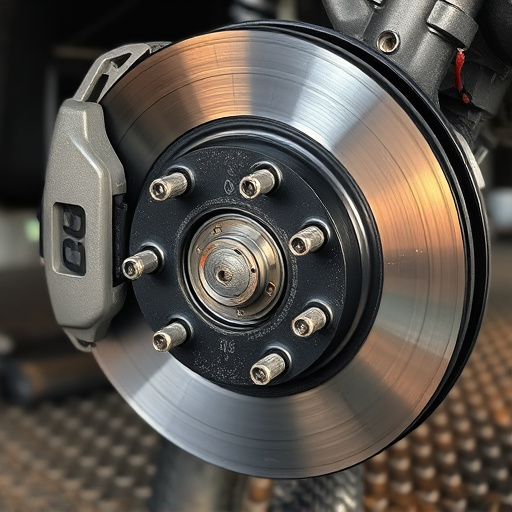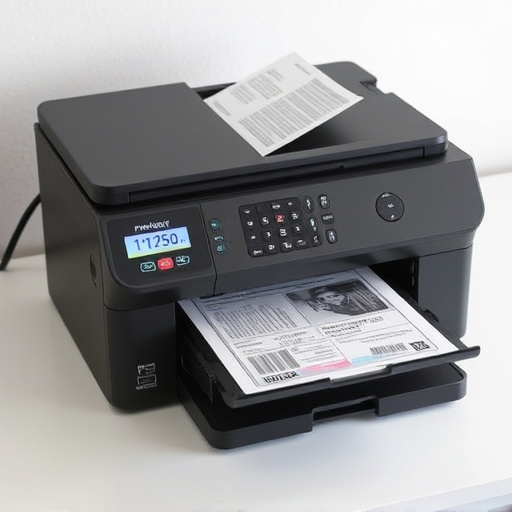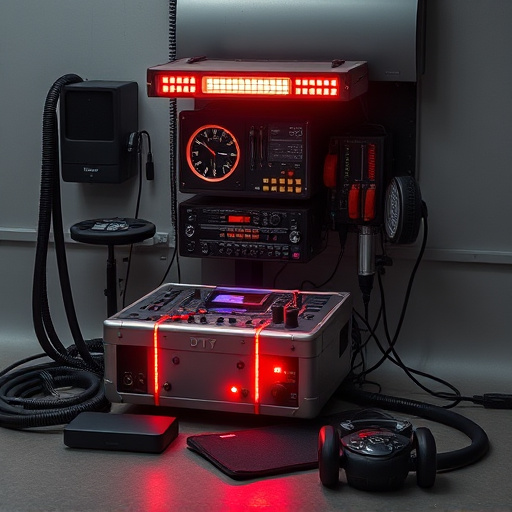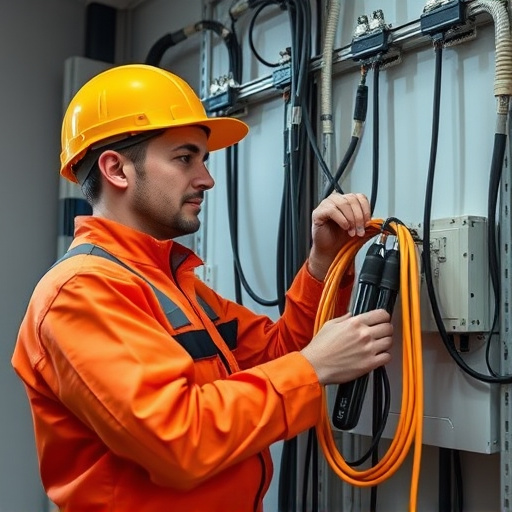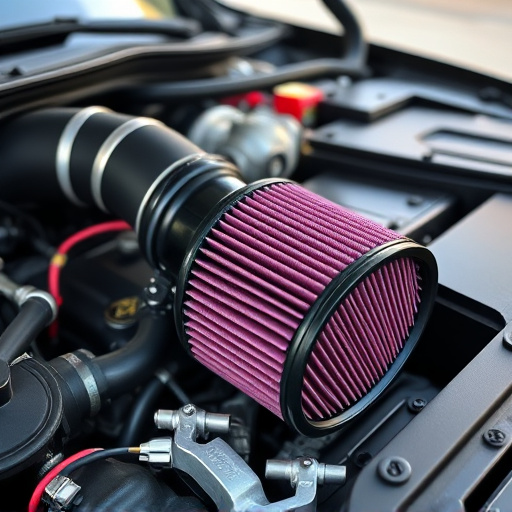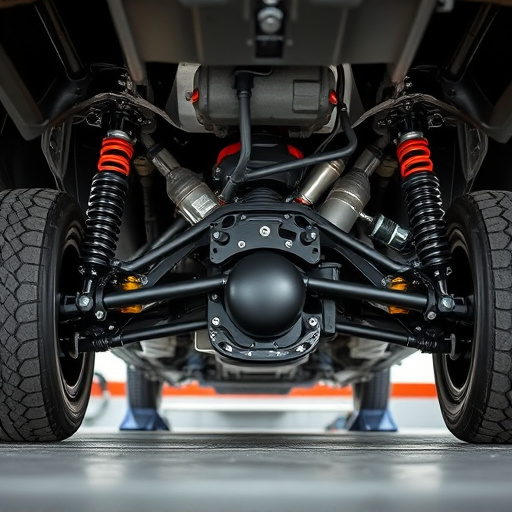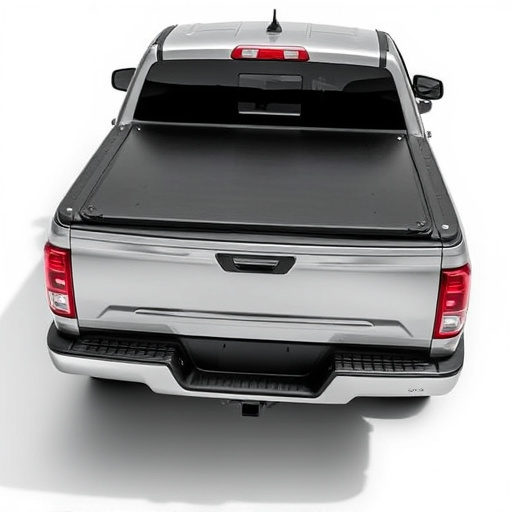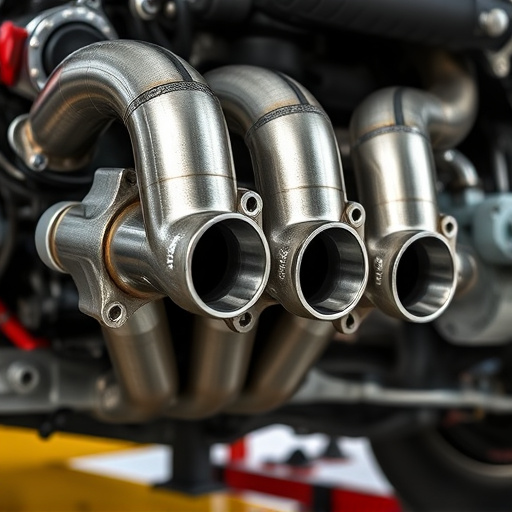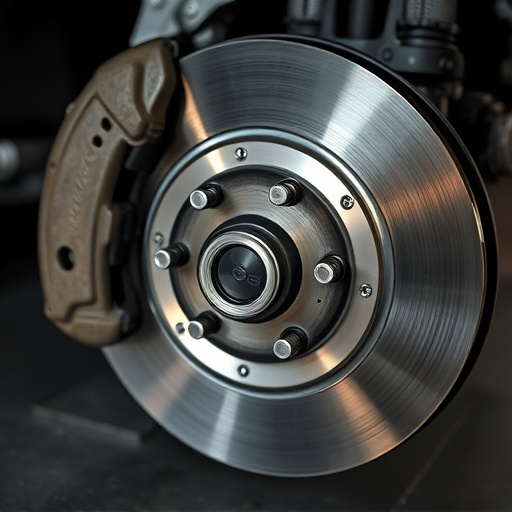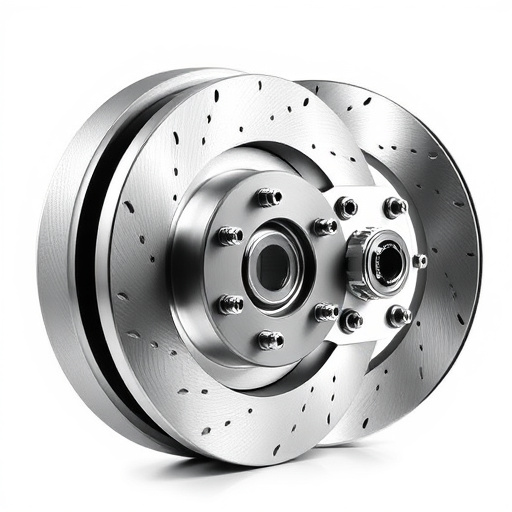Sway bar bushings are essential components connecting the anti-roll bar to the chassis, facilitating controlled cornering movement. Replacing worn-out bushings improves handling dynamics, reduces body roll, and enhances cornering precision, especially for modified vehicles. Upgrading to new bushings offers better isolation of road forces, smoother rides, and extended part lifespans. Installation involves locating the sway bar, gathering tools, removing old bushings, cleaning surfaces, installing new ones, and testing handling at various speeds. Regular inspection and replacement are crucial for safety and performance alongside other suspension upgrades.
Looking to enhance your vehicle’s handling and stability? It might be time to consider upgrading your sway bar bushings. These simple yet crucial components play a vital role in improving cornering precision and reducing body roll. This article guides you through understanding sway bar bushings, their benefits, and most importantly, provides a step-by-step installation process to ensure optimal performance. Discover how new bushings can transform your driving experience, offering better control and a smoother ride.
- Understanding Sway Bar Bushings and Their Role in Vehicle Handling
- Benefits of Upgrading to New Sway Bar Bushings
- How to Install and Maintain Sway Bar Bushings for Optimal Performance
Understanding Sway Bar Bushings and Their Role in Vehicle Handling
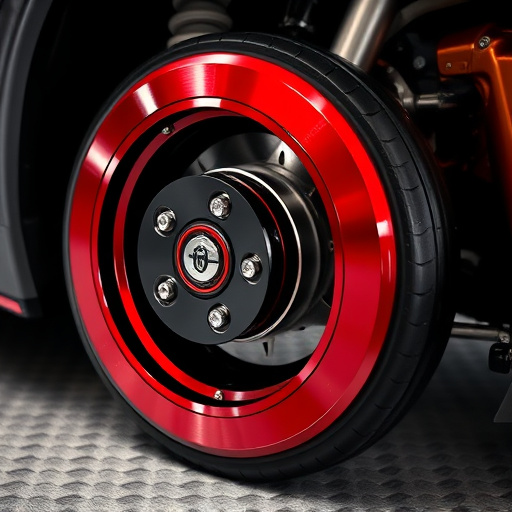
Sway bar bushings play a pivotal role in your vehicle’s handling and stability. These bushings are integral parts of your car’s suspension system, connecting the sway bar (also known as anti-roll bar) to the chassis. Their primary function is to allow for some movement while minimizing friction, ensuring that the sway bar can effectively transfer forces during cornering, thus improving overall vehicle control.
By replacing worn-out sway bar bushings with new ones, you can significantly enhance your car’s handling dynamics. This upgrade is especially beneficial for vehicles equipped with performance exhaust systems, like a cat back exhaust or high-flow intake components, as these modifications can alter the vehicle’s balance and handling characteristics. New bushings help maintain proper alignment and reduce excessive body roll, enabling better cornering precision and a more responsive driving experience.
Benefits of Upgrading to New Sway Bar Bushings
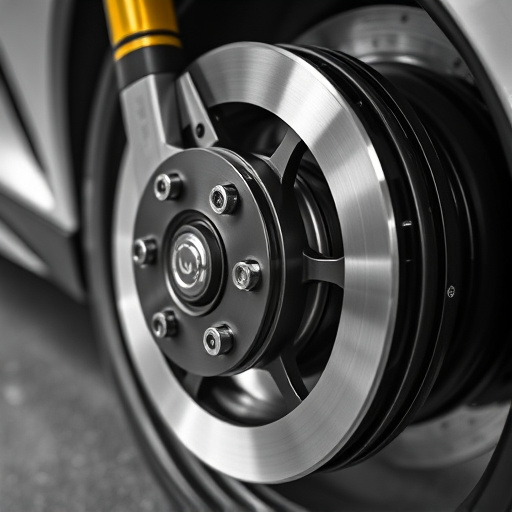
Upgrading to new sway bar bushings offers significant advantages for vehicle owners looking to enhance their driving experience. These small yet crucial suspension components play a vital role in maintaining proper alignment and stability while cornering, which directly impacts handling and overall vehicle control. By replacing worn-out bushings with high-quality alternatives, drivers can expect improved responsiveness from their steering system.
Newer sway bar bushings provide better isolation of road forces, minimizing the transfer of bumps and road irregularities to the vehicle’s chassis. This results in smoother rides and reduced body roll during aggressive cornering. Moreover, upgrading to fresh bushings can also benefit other suspension components, such as struts and control arms, by ensuring they operate within their designed parameters. This holistic improvement contributes to better performance not only through enhanced handling but also by extending the lifespan of various air intake systems and complete suspension kits.
How to Install and Maintain Sway Bar Bushings for Optimal Performance
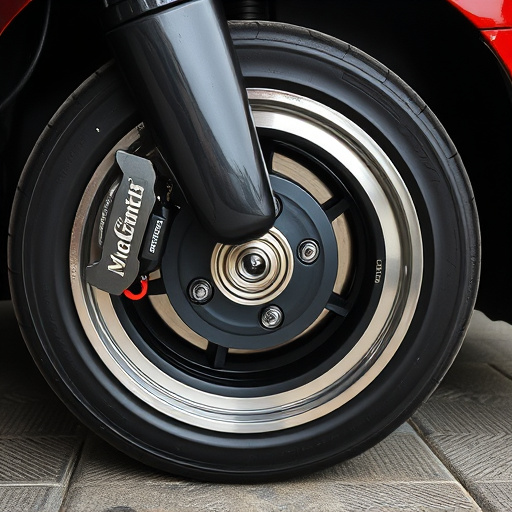
Installing and maintaining sway bar bushings is a crucial step to ensure optimal vehicle handling and stability. First, identify the location of your sway bar, typically found between the front wheels or in the rear axle, depending on your vehicle’s design. Next, gather the necessary tools, including a jack, jack stands, socket sets, and new sway bar bushings compatible with your model. With safety in mind, raise the vehicle using the jack and secure it with jack stands. Remove the existing bushings by loosening the mounting bolts and carefully extracting them. Clean the mounting surfaces thoroughly to ensure a proper fit for the new bushings. Install the new bushings, tightening the bolts securely but without over-tightening. Lowering the vehicle, test drive it at various speeds to assess the changes in handling.
Regular maintenance of sway bar bushings is key to preserving their effectiveness. Over time, these bushings can wear out, leading to reduced stability and potentially compromising safety. Inspect them periodically for signs of damage or excessive wear. If necessary, replace them as part of a broader suspension upgrade, alongside components like air filter kits or even complete suspension kits, depending on your goals. Additionally, consider enhancing other critical parts of your vehicle’s setup, such as air intake systems, to further refine handling and overall performance.
Upgrading your vehicle’s sway bar bushings is a straightforward yet effective way to enhance handling and stability. By replacing worn-out components with new sway bar bushings, you can achieve better control, improved cornering, and reduced body roll during aggressive driving maneuvers. This simple maintenance task allows drivers to experience the full potential of their vehicles, ensuring a safer and more responsive drive. Remember, high-quality sway bar bushings are an affordable investment for any car enthusiast aiming to optimize their vehicle’s performance.
